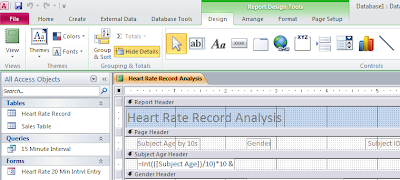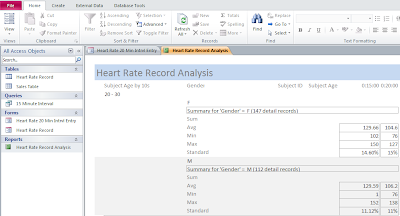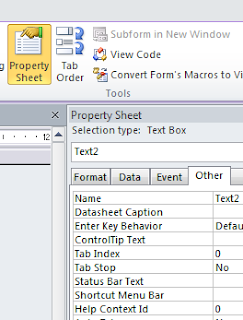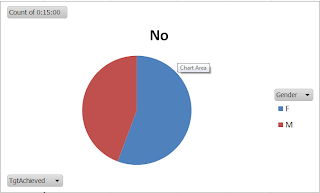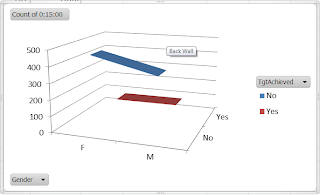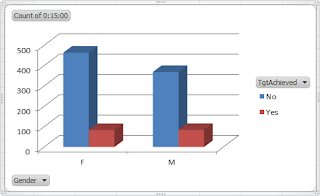UF On-line Students Soon to Gain Real-Time Learning Experience!
I am really excited about UF's plans to change how students participate in on-line classes! Students choose on-line classes for various reasons - i.e.: "I need this class to graduate and it's only available on-line this semester", or "I take on-line classes as a part of the curriculum for UF's Online Business Administration Program", or "Right now, I have to work to support myself and take care of my responsibilities, so I need to take classes which affords my schedule the most flexibility", or "I cannot afford to live on nor commute to campus so I take classes on-line" - usually flexibility and convenience are the most often cited reasons. No matter the student's purpose for choosing on-line classes in lieu of traditional attendance, UF's goal is to significantly enrich the student's on-line experience by utilizing technology to eliminate the trade-off of the loss of the live connection provided by face-to-face (traditional) classes, which students must give up for their choice of the flexibility of on-line classes.
Over the past several weeks, I have had the opportunity to participate in UF's pilot tests of Adobe Connect, Cisco WebEx, Big Blue Button and Unity (I participated in all except the Unity meetings). All four (4) offers technology which will allow on-line students to interact and experience real-time (live) class sessions via their web application. UF hopes that one (1) of these web meeting / synchronous learning tools will meet/exceed the University's requirements and students' needs, and can be utilized to provide a real-time learning experience to on-line students.
The pilot was carried out via live web meetings for all four (4) web applications. The meetings were hosted on various days and at various times by the instructors for ISM 3004. The access information and the schedules (the dates were also provided in the syllabus) for the live meetings were broadcasted on the ISM 3004 class website (home page) and attendance was random as students were free to exercise choice and could choose to attend or not attend any meeting. At the conclusion of each meeting, students were required to complete surveys geared to collect information regarding the students experience with the tool. Below, please find my opinion/experience with each:
Unity: As I stated before, I didn't participate in the
Unity meetings - there were two (2) opportunities provided (the same number as provided for the other tools). I had a quiz during the first one but from what students who did attend have said, I didn't miss anything because there were issues and it never really got started. I did attend the second opportunity but it seems that history repeated itself - there were issues again which could not be resolved within the necessary time-frame.
Cisco WebEx: It was really neat to be able to see not only the instructor but any student with a webcam powered up. And there was a list of everyone in attendance so even if they didn't use a webcam you could still use text or voice to communicate with them. Utilizing
Cisco WebEx: we could take and get immediate results for polls; we could write on whiteboards; share our desktop or just an application on our computer with the entire class; chat/send text messages to the entire class, just to the instructor or to a specific student; we could share a file or web content and the presenter could be switched from the instructor to a student. Overall, I thought
Cisco WebEx was okay, it did seem a little awkward to use and it would be nice if more than one (1) person at one time could be a presenter as this would be very helpful during group projects.
Big Blue Button: It was also really neat to be able to see not only the instructor but any student with a webcam powered up. There also was a list of everyone in attendance so even if they didn't use a webcam you could still use text or voice to communicate with them. Utilizing
Big Blue Button basically offers the same core interactions: we could take and get immediate results for polls; we could write on whiteboards; share our desktop or just an application on our computer with the entire class; chat/send text messages to the entire class, just to the instructor or to a specific student; we could share a file or web content and the presenter could be switched from the instructor to a student. Overall for me,
Big Blue Button would be the one I'd least likely choose, only one person could annotate at a time and this annoying and very distracting "beep" sounded every time someone entered the meeting. I do not think that this would facilitate learning as your concentration is constantly being broken....
Adobe Connect: And last but certainly not least as this turned out to be my choice of the three (3) tools I evaluated. Utilizing
Adobe Connect also provided the same benefits as the other tools - being able to see not only the instructor but any student with a webcam powered up. A list of everyone in attendance was also provided so you could still use text or voice to communicate with other students not using a webcam. Utilizing
Adobe Connect does offer the same core interactions: we could take and get immediate results for polls; we could write on whiteboards; share our desktop or just an application on our computer with the entire class; chat/send text messages to the entire class, just to the instructor or to a specific student; we could share a file or web content, however, it also offered more. Everyone could be presenters, everyone can attend the main room our a breakout sessions as instructed. And everyone could control a whiteboard. Overall for me,
Adobe Connect would be the one I'd most likely choose, because it seems to offer more tools that really facilitate easier team collaborations and feel more like the interaction in a face-to-face class....
This technology will make it much easier for on-line students to work on group projects requiring a team of students to collaborate. For on-line classes like finance, math, accounting, computing, and any of the other classes requiring extensive explanation and or demonstration, the on-line student will be provided a better resource of help and assistance. All that being said, whether, UF chooses one of the tools discussed above or a totally different one I know that the addition of the live web meeting / synchronous learning tools will drastically improve the student's on-line experience - taking on-line classes to new levels...
*
Timothy Downs written consent for reused by Hawiane Tidwell with attribution:




